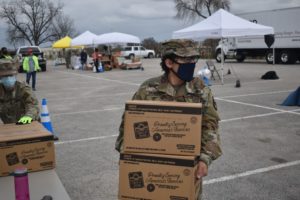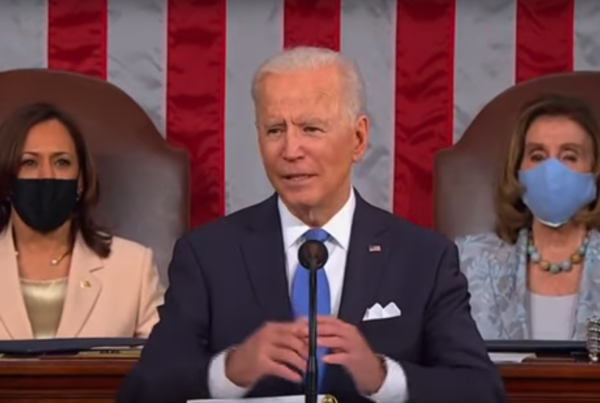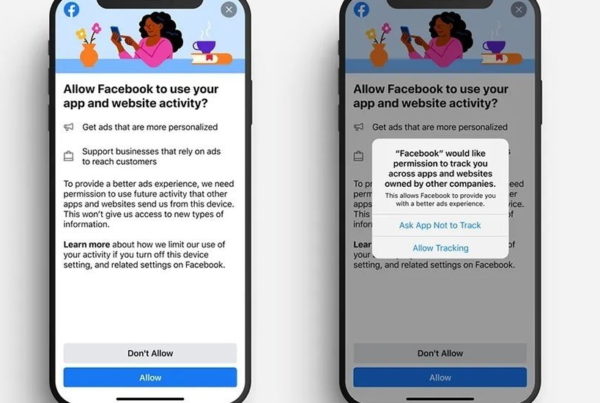From Texas Public Radio:
On a recent spring day at Fort Sam Houston, a line of cars idled with their trunks popped open, waiting as volunteers unloaded 11,000 pounds’ worth of food from a semi parked nearby. Some of the drivers were soldiers who had just gotten off work, while others were military spouses or relatives.
As they rolled forward to collect their rations, most barely cracked their windows — volunteers say that’s common because people don’t want to be seen.
“After they register, we gauge where they are,” said Dr. Patricia Ruiz, director of the Vogel Resiliency Center, which hosts these monthly food distributions in partnership with the San Antonio Food Bank.
“Sometimes it’s ‘Not doing so well,’ and there are all of these children screaming in the back. Some will just say, you know, ‘It’s been a really rough month.’ Some will tell those stories, like ‘We had four members of our family. Now it’s up to 10.’ Because they’re second-generation families. Everybody’s been hit so hard by the pandemic.”
One of the volunteers handing out food was Army Staff Sgt. Rebecca Hummer, a respiratory therapist who’s still recovering from tough times brought on by the pandemic. Though she makes a little over $60,000 a year — including allowances for housing and food — Hummer still felt the effects when her husband Dale lost his job as a security guard in November.
“He was looking to get hired,” she said. “But because of the pandemic, there were layoffs, so he wasn’t able to find work immediately. We did face some financial stress.”
On top of that, the couple had two huge unexpected expenses. Their house flooded after a heavy rain, causing thousands of dollars in damage, and their dog was diagnosed with cancer. Bills began to pile up.
“It was hard,” said Hummer. “My husband and I, we save. But we had to cut back on what we normally got at the grocery store, as far as choosing boxed items and a lot less fresh produce. We’d pick up things that were maybe less nutritious in order to get by. But that’s what we did. And I’m not proud to say it, but I skipped meals.”
Hummer hesitated to tell others about the hardship she faced — and postponed seeking food assistance for as long as possible.

Cars wait for rations at a food distribution event for military-affiliated families.
Carson Frame / Texas Public Radio
“In the military, there’s a saying that perception is reality,” she said. “So if you ask for help, there could be that perception that you’re weak. For me, it was a combination of needing to be seen as competent — and then it was also that I’m just a very private person in general.”
The couple is now recovering financially, but they had to rely on food assistance to get by. They’re not alone. In the last year, COVID-19 has exacerbated the unique challenges of military families, like high rates of spousal unemployment. According to a survey from the military support organization Blue Star Families, more than 40% of working military spouses reported losing their jobs during the height of the pandemic. Others had to reduce their work hours, usually to take care of kids who were home and in virtual school.
Many are still not back to work full-time.
“We saw a lot more job losses among spouses of military service members, because childcare became an issue,” said Christine Abraham, the director of culinary wellness at the resiliency center.
Lower-enlisted families have been hit especially hard by food insecurity during the pandemic, with their risk increasing if they have multiple dependents or an ill family member. Vogel Resiliency Center staff members regularly field requests from military families looking for ways to spread every dollar of their income and make meals hit the table.
“For the enlisted service member — to keep them from being food insecure — that second income is what made the big difference,” added Abraham.
COVID-19 also disrupted many of the services that normally help military families transition from place to place. Some have had to incur costs if their plans to move were impacted by the pandemic. There have also been delays in processing new housing and pay paperwork, among other things.
In 2015, research showed that one in seven enlisted families on Joint Base San Antonio were food insecure. Abraham estimates that it’s now closer to three in seven.
It’s difficult to gauge just how many current service members are now struggling to put food on the table. Much of the reporting by food banks and pantries is anecdotal, as those agencies don’t generally ask about military status.
“Those agencies really try to protect the anonymity and the dignity of those they serve,” said Josh Protas, vice president of public policy for MAZON, a Jewish Response To Hunger.
Nonetheless, MAZON has heard accounts from across the country indicating that more military families are using emergency food aid because of COVID-19. (The organization released a report in April detailing the problem and its contributing factors.) Census Bureau surveys have also shown increased rates of spousal unemployment and economic hardship.
“I’m not sure that we have an exact statistic about food insecurity, but we know that it’s been increasing,” Protas added.
The San Antonio Food Bank estimates that 37% of all households it served during the pandemic have a current or former military member in them. That’s up from 15% before the coronavirus pandemic. All in all, that’s about 45,000 people with a military connection who have faced food insecurity since spring of 2020.
The Defense Department is aware of figures from outside groups which show food insecurity increased during the pandemic, but it doesn’t have reliable numbers of its own.
“The Department is concerned about reports that military families may be increasingly relying on food banks and pantries to put food on the table,” Pentagon spokeswoman Lisa Lawrence said in an email. “While official DoD survey data shows that the reliance on food banks among military families is relatively small, we also understand this may not capture the full effect of COVID-19 on the issue.”
She added that the department plans to collect data specific to food insecurity through surveys of active duty spouses.
This story was produced by the American Homefront Project, a public media collaboration that reports on American military life and veterans. Funding comes from the Corporation for Public Broadcasting.













